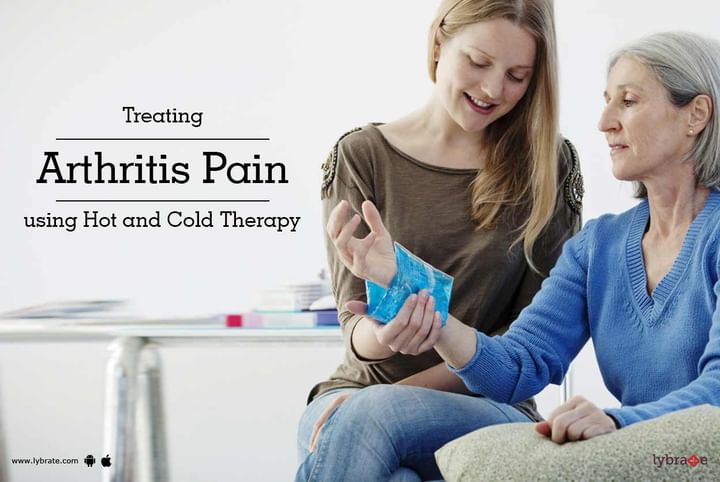Treating Arthritis Pain using Hot and Cold Therapy
Arthritis is painful inflammation of the joints caused by excessive amounts of uric acid in the blood. This causes friction in the joints and may cause inflammation among muscle tissues. This is a very painful condition and may even be debilitating for many people. One of the methods used to provide relief from arthritis pain is the hot and cold therapy. Let’s have a look at it in detail.
How does hot and cold treatment work’s?
The hot and cold treatments work on various joints or muscle areas and are very effective in lowering pain as well as providing more mobility to the affected areas. Both these therapies try to enable the healing forces within the body and hence improve on the conditions which cause arthritis pain.
Heat treatment therapy: Heat therapy uses the principle of the expansion of material when warmer. If heat is applied to an affected area, it dilates the blood vessels, improves and stimulates blood circulation and also reduces muscle spasms. Heat treatments are very effective in soothing stiff joints and tired muscles as they encourage the flow of blood to the areas being treated. Some of the options available for heat treatments would be:
1. Heats patches that are disposable
2. Heating belts made for specific parts of the body
3. Moist heating pads
4. Simple hot water in a tub
5. Paraffin wax and Mineral oil
6. Hot oil massages
7. Warms showers or baths
8. Warmed towels or clothes used as a hot compress
Cold treatment therapy: Cold uses the very opposite principle of heat therapy to provide pain relief to arthritis patients. Cold has the properties of being able to constrict blood vessels and slow the flow of blood, thus resulting in numbing the area and reducing pain. Cold treatment is also very effective in reducing swelling as it can fight inflammation very effectively. It is mostly useful in cases of acute and chronic pain and is a very good pain reliever. Some of the options available for cold treatments would be:
1. Cold compress by using ice in a waterproof bag with a towel covering it to protect the skin.
2. Buying a medically manufactured ice pack or bag
3. Buying ice gel packs from the medical store which can be frozen and then used
4. Making ice packs at home by mixing water with rubbing alcohol and then freezing it
5. Taking ice bath by pouring ice into the bath tub.



+1.svg)
